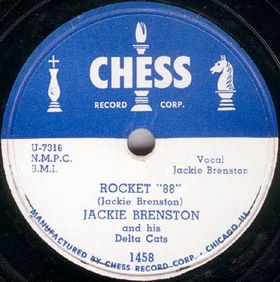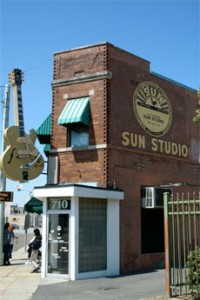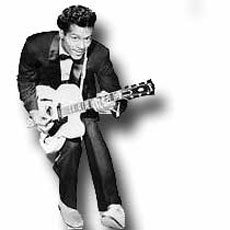Buddy Holly wasn’t with us for long, yet he helped shape rock and roll into what it is today. With just four years of full-time music performances out of his 22 years total, he earned his spot as one of the founding fathers of rock and roll.

In the early days of rock where most songs were borrowed from R&B, Country, or other genres, Buddy Holly was one of the first that wrote, produced and recorded his own materials. The results were unique and spectacular.
It seems like it’s always been that way, but music historians credit Buddy with defining the setup of the traditional rock band. Most bands were still transitioning from the big band or jazz mix with orchestral instruments, pianos, horns, and woodwinds. Buddy Holly set rock and roll standard setup: Lead guitar, rhythm guitar, bass, and drums.
Music Career
Any band coming from Lubbock, Texas in the 50s had to feature country music, and Buddy’s was no exception. Somewhere along the way he caught the R&B bug, probably from late night radio. AM radio reception during the day was so-so, but at night, distant stations came through, and Buddy was hooked. His style slowly changed. Mix Country with R&B and you get rock. Buddy was good at it; he rocked!
After high school, Buddy’s band was chosen to open for Elvis at several local concerts. That led to a gig opening for Bill Haley & His Comets where he was noticed by a Nashville scout that led to a recording contract and an unplanned name change. Buddy Holley’s name on the contract was accidentally misspelled as Holly, and that became his professional name.
The hits started coming from there. “That’ll Be the Day” hit the charts and soon climbed to the top. A contractual dispute prevented Buddy from putting his name on it so “That’ll Be the Day” is credited to just The Crickets. Other hits soon followed as the problem was cleared and “Peggy Sue” and “Oh, Boy” were released as coming from Buddy Holly and the Crickets.
By 1958, Buddy Holly was an international star after having toured England and Australia, mixed in with a couple of appearances on The Ed Sullivan Show and The Arthur Murray Party.
The Winter Dance Party Featuring Buddy Holly

Alan Freed’s Winter Dance Party was a high point of rock and roll history. A group of the best of the early rockers toured the Midwest. It was the first of it’s kind tour being dance music set in traditional concert theater settings. The rest is the downside of the history. The weather was terrible, and the tour buses had heat problems. Buddy Holly charted a plane to skip the bus trip and fly himself, Ritchie Valens, and J.P. Richardson (The Big Bopper)to the next stop. The plane crashed, killing all three, on the day immortalized by Don McLean’s song as “The Day the Music Died”.
Buddy Holly was inducted into The Rock and Roll Hall of Fame in 1986 as part of its first class of inductees.



